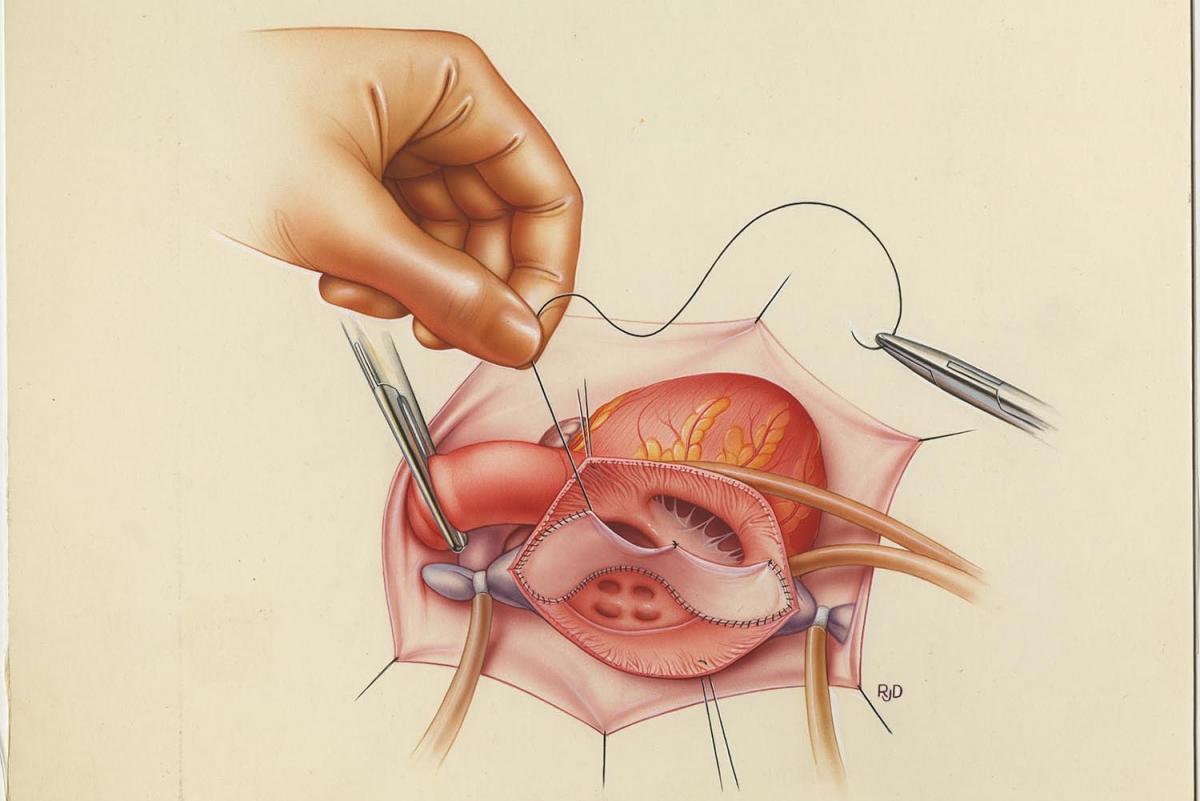History of Medical Illustration
Art and medicine have been joined together for centuries. Since appearing first on papyrus sheets, medical illustrations adorned Medieval Western and Islamic medical manuscripts. During the Renaissance, Leonardo da Vinci combined scientific understanding of anatomy with great artistic skill. In later centuries, some artists became as famous as the authors of the works they illustrated, and illustrations often have survived longer than the texts they accompanied.
Medical illustration flourished at Columbia throughout the 20th century: anatomy, ophthalmology, pathology, and surgery are just a few of the departments that employed at least one artist. One of Columbia’s most prominent medical illustrators, Robert J. Demarest, spent almost his entire career at the medical center. Mr. Demarest, who died in November 2018, was hired in 1953 as the medical illustrator for the anatomy department and later became the first director of the Center for Biomedical Communications. During his years at Columbia, Mr. Demarest collaborated with many faculty members to illustrate articles and books in a variety of medical specialties. He served twice as president of the Association of Medical Illustrators and received its Lifetime Achievement Award in 1989.
Celebrating the artistry and creativity of the illustrators employed at the Columbia-Presbyterian Medical Center during the 20th century, Archives & Special Collections of the A.C. Long Health Sciences Library presented an exhibit last year, “The Art of Anatomy: Medical Illustration at the Medical Center, 1920-1990.” The exhibit featured the works of Alfred Feinberg, Carl Kellner, Ivan Summers, Emil “Gus” Bethke, Marjorie Quinlan Bethke,and Mr. Demarestto show their depictions of human anatomy, medical conditions, and surgical operations.—Avichai Assouline

An illustration by the late Robert J. Demarest depicts pediatric heart surgery.
- Log in to post comments

